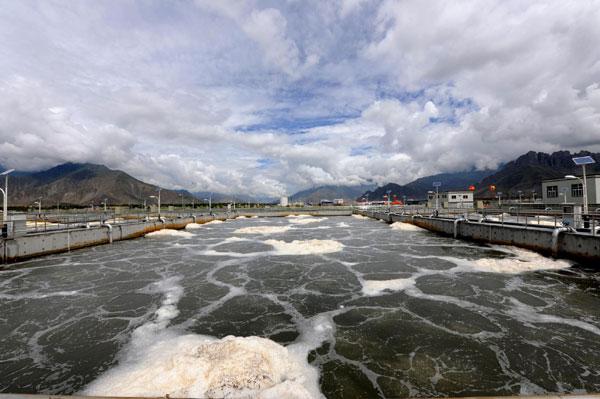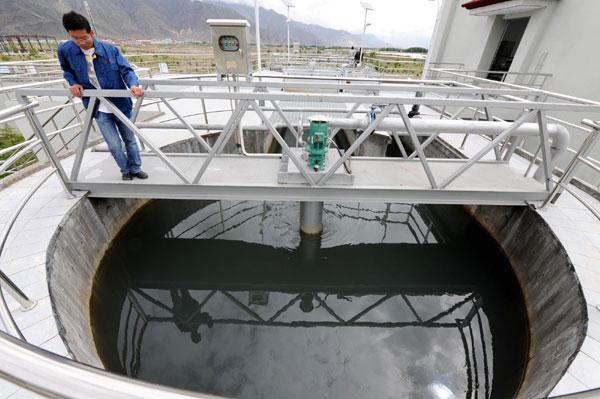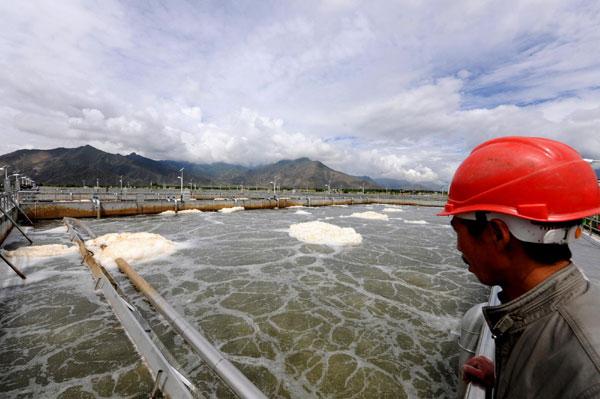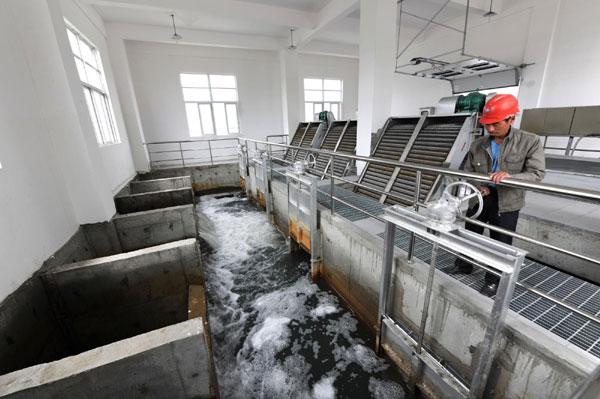
The first wastewater treatment plant in Lhasa, capital of Southwest China's Tibet autonomous region, July 14, 2011. [Photo/Xinhua]
LHASA - Construction of the first wastewater treatment plant in Lhasa, capital of southwest China's Tibetan autonomous region, was completed Thursday, according to local authorities.
The plant, located at the junction of the Lhasa and Doilung rivers, is designed to treat 50,000 tonnes of wastewater every day, said Gesang Puncog, director of the city's housing and urban-rural development bureau.
The project cost 122 million yuan (about $18.9 million), and was funded by the Chinese central government, Gesang Puncog said.
"We didn't have many examples to learn from in terms of building a wastewater treatment plant at such high altitude, with so low air pressures, low temperatures and scarcity of oxygen, such as Lhasa," he said.
After five years' planning, the construction of the plant started last April, he said, adding that in the past, the wastewater in Lhasa was discharged into rivers without being treated.
According to Gesang Puncog, the plant will be expanded in the future. By 2020, the daily wastewater treatment capacity of the plant will reach 180,000 tonnes, he said.

A worker checks the sewage treatment process at the first sewage treatment plant in Lhasa, July 14, 2011. [Photo/Xinhua]

A worker checks the sewage treatment process at the first sewage treatment plant in Lhasa, July 14, 2011. [Photo/Xinhua]

A worker operates the sewage treatment process at the first sewage treatment plant in Lhasa, July 14, 2011. [Photo/Xinhua]





